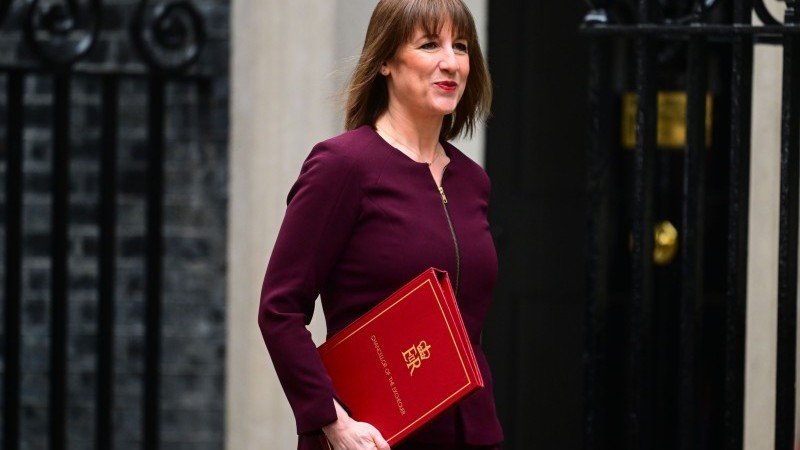The task facing UK Chancellor Rachel Reeves at her Spring Statement was simple yet fraught with risk.
Higher borrowing costs had eradicated all of her fiscal ‘headroom’, money left over under the main fiscal rule mandating a current budget surplus by the end of the decade. The Treasury had little choice but to cut spending, without invoking a fatal political backlash, jeopardising the government’s ambition to boost growth, or sending bond yields even higher than they already are.
It’s a challenge the Chancellor largely seems to have pulled off, at least judging by the market reaction. Gilt yields are little changed after the Spring Statement. And what’s more, despite making cuts to public spending, the Chancellor has been gifted by an unexpected upgrade to Britain’s growth forecasts later this decade.
Sure, the Office for Budget Responsibility – the government’s independent forecaster – has cut its 2025 growth numbers. No surprises there; the 2% forecast published last October always looked too optimistic. That is now set at 1%.
But thereafter, the Treasury has succeeded in convincing the OBR that its planning reforms will lift GDP growth by 0.2% a year by the end of the decade. That’s a win for Reeves, given there has been a widespread perception that the OBR was sceptical about the growth-enhancing qualities of the government’s recent announcements, or at least over the relatively short five-year horizon relevant for the fiscal rules.

